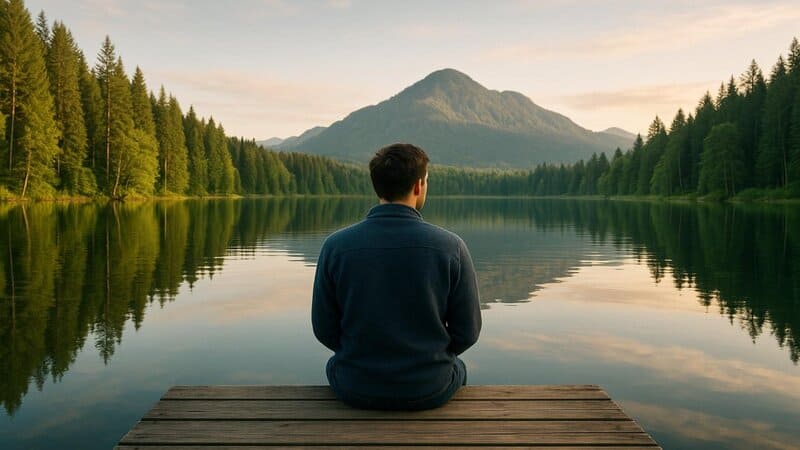Imagine spending seven days with nothing but your own thoughts—no phone, no television, no constant buzz of social media. Modern life rarely grants us such uninterrupted silence, making the idea both daunting and oddly appealing. I decided to step away from distractions and dive deep into my mind, curious to discover what might surface in the stillness. Would I find clarity, discomfort, or something entirely unexpected? This week-long journey promised the possibility of new insights about myself and the intricate workings of my inner world.






















